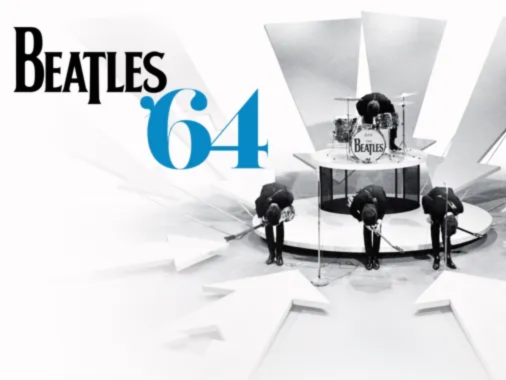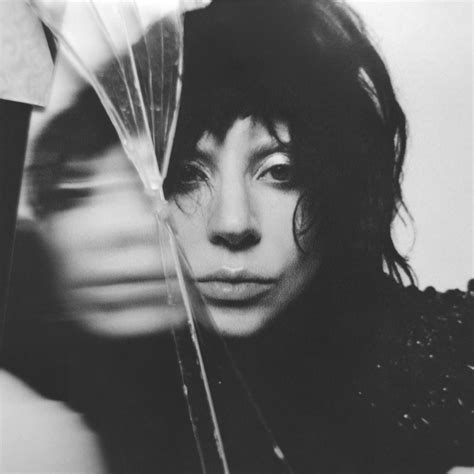
Change is difficult, no matter the starting place.
The human brain prefers routine and consistency, hell, it’s the basis to remain grounded in reality. One thing I’ve learned in my 25 years of living is reality provides a consistent ground to walk on, but it’s so thin.
If we have dealt with change enough, then we know to pivot. Such is the case with the Detroit-based alternative pop quartet, The True Blue.
Initially starting in 2016, The True Blue released a full album’s worth of singles between 2016 and 2017 to garner a following and to push into the new year strong. Though already having experience as a metalcore outfit, the band had to pivot directly into creating distinguished enough rhythms that not just appealed to their fanbase but distinguished themselves in an otherwise oversaturated genre. While initially challenging, the band flourished under the challenge, further pushing the sound of alternative pop, and adding their own artistic flare to each track produced during the beginning of the year.
There were four singles released in 2016, which have been covered in a previous Killer Klassix. This time, I’m only focusing on five that were released in 2017. With two EPs following these singles in the latter half of 2017, The True Blue had to solidify and experiment enough to establish their unique sound and refreshing take on tracks that gave fans enough to follow up each consecutive release.
Change and intra-melody transition, where the song will shift sound from digital sound to acoustic sound, is a prominent musical element through each consecutive release. Each song is threaded with recovery and vulnerability via vocals and lyrics, wonderfully cradled by the band’s ability to take genres and sounds and make them their own.
“At All” was the first of the three tracks released on Jan. 30, 2017. Though weighed down in its sullenness and depressive themes, the track takes its own melodic route. “At All” is about the inability to find happiness. Lost in anguish and pain, Christian Koo explores depression via melody in a self-rocking mantra in which he admonishes himself for expecting someone would protect his heart.
The song masterfully alters between a slow alternative groove guitar and a trap-style bridge. Koo sings in freestyle; “Ooh, you never know who you’re falling for/Until you’re falling for them/Oh my Lord/Who am I kidding, no/I was fine before I met you, baby.” In such a line, though aggressive and semi-immature, lies a vulnerability, taking responsibility for the choices one makes that allow people into our lives regardless of the risk.
“Fine Line” is my favorite of the three, transcending both vulnerability and confidence. The track combines elements of ambient trap and R&B to create a simplistic melody heavily reliant on Koo’s vocals. While Koo attempts to throw some rhymes down, as soft spoken as he is, he maintains a melody in his performance. The lyrics are just as much a part of the music, but their own entity. The performance expands on Koo’s trademark vulnerable, human prose style.
The song talks about a relationship that begins to take form and straddles the line between commitment and emotional apathy. The track’s prose is lined with fear and overtaken with the inability to connect. Much like changing musical direction, while it works why question it or change? The only thing one can do is continue to risk it in hopes the same risk will be reciprocated.
“O.O.C” wraps the first part of the year up in vulnerability in recovery. The track impressively drops the trap beat and leans back into a more alternative pop sound. Lyrically, the song has to do with getting over a failed love, but overall, the song fixates on the inability to accept change. The music smoothly slides into acoustic and digital sound throughout the entirety of the track, culminating in acoustic sound. Koo’s vocalizations become more clear and are the highlight of the three singles given the creativity in each of the songs. While lyrically and musically simple, Koo’s voice once again takes focus and leads the listener from digital to acoustic sound and circle back to wrap the song up nicely.
“At All” and “Fine Line” were repetitive in composition and essentially extensions of one another, but the songs ultimately work at solidifying a musical foundation for the band to progress under. The band took an alternate music direction to get more recognition as musicians and, in the long run, solidified fan base.
That being said, no one said change is easy. There is a certain amount of poise and finesse required to string together a list of tracks to get people interested in a release. Given the competition of going strictly digital, the band relinquishes a lot of their artistry in an effort to make music that has been made 1,000 times over and still has the ability to give a fresh spin to some long-weathered sounds.
4/5














